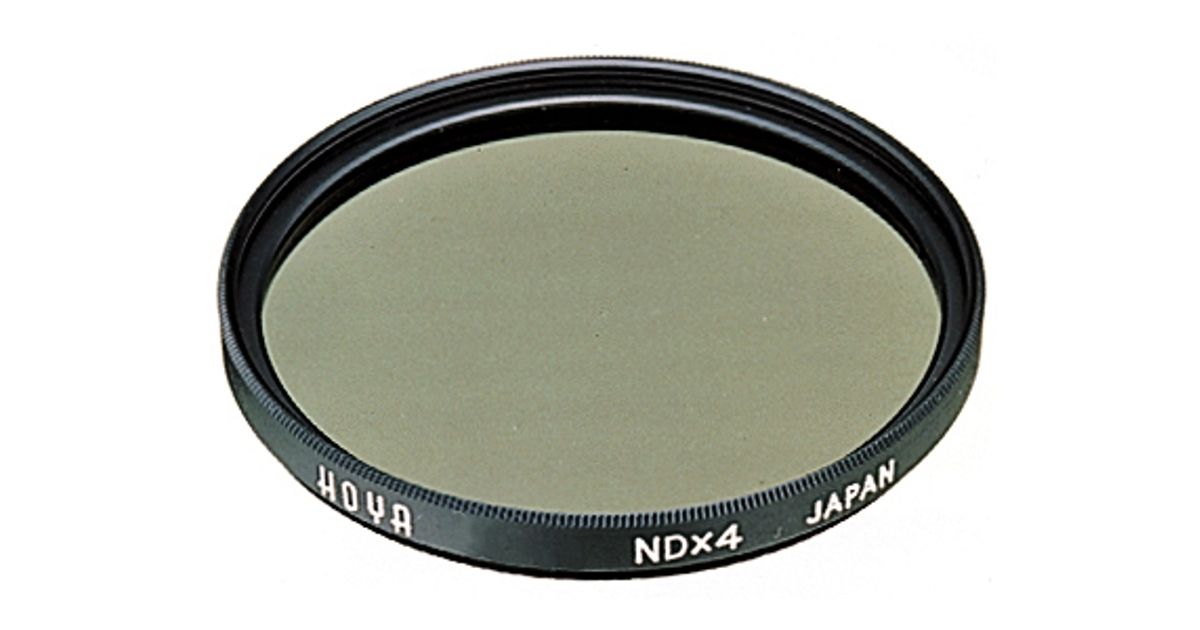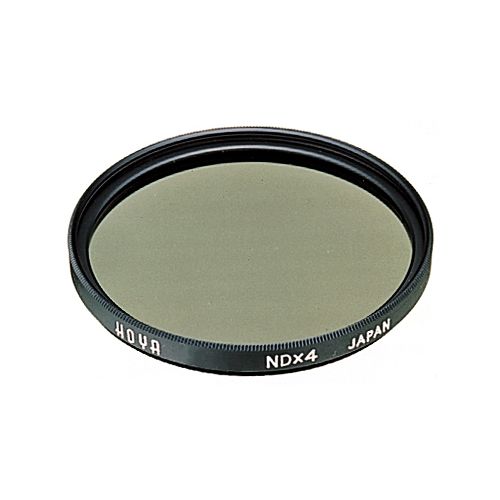For illustrative purpose only
Hoya NDx4 62mm Neutral density camera filter 6.2 cm
Hoya NDx4 62mm, 6.2 cm, Neutral density camera filter, 1 pc(s)
Read more...
Read more...
Product Information
Product Description
In conditions of extreme light intensity, such as sunshine on snowy mountains or on the beach, or when using a camcorder, ND (Neutral Density) filters are recommended as essential.
Neutral Density filters are often ignored by photographers, but they have several uses and offer the possibility to achieve otherwise unachievable results. ND filters appear grey and reduce the amount of light reaching the film, they have no affect on color balance.
They have four main uses:
1) To enable slow shutter speeds to be used, especially with fast films, to record movement in subjects such as waterfalls, clouds, cars, seas etc.
2) To decrease depth of field by allowing wider apertures to be used, which helps separate subjects from their background.
3) To decrease the effective ISO of high speed film (ie: above ISO400) and allow it to be used outdoors in blight situations.
4) To allow cine and video cameras (which have fixed shutter speeds) to film subjects such as snow, sand or other bright scenes which would normally cause over-exposure.
Neutral Density filters are often ignored by photographers, but they have several uses and offer the possibility to achieve otherwise unachievable results. ND filters appear grey and reduce the amount of light reaching the film, they have no affect on color balance.
They have four main uses:
1) To enable slow shutter speeds to be used, especially with fast films, to record movement in subjects such as waterfalls, clouds, cars, seas etc.
2) To decrease depth of field by allowing wider apertures to be used, which helps separate subjects from their background.
3) To decrease the effective ISO of high speed film (ie: above ISO400) and allow it to be used outdoors in blight situations.
4) To allow cine and video cameras (which have fixed shutter speeds) to film subjects such as snow, sand or other bright scenes which would normally cause over-exposure.

